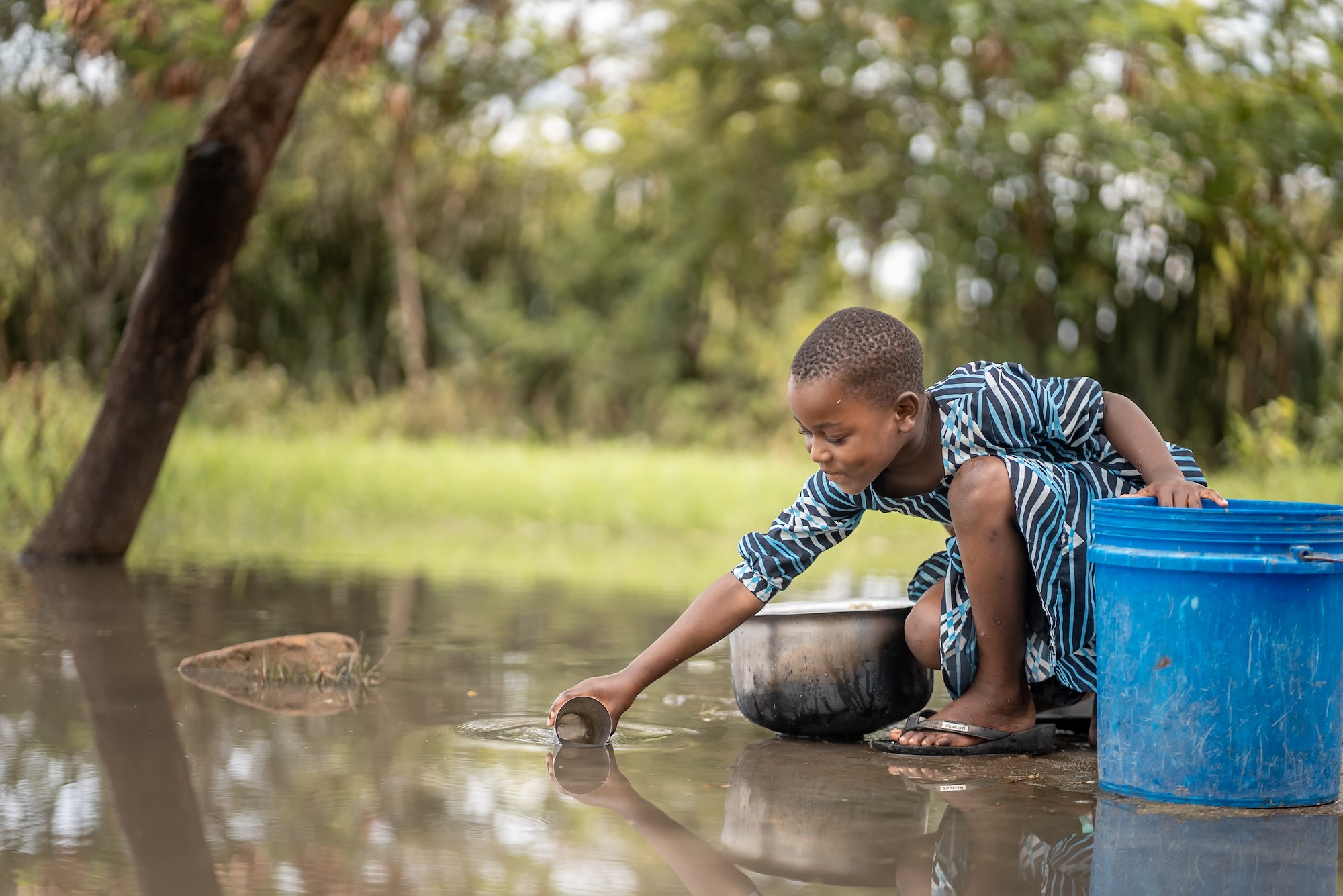Preparing for the Introduction of a New Paediatric Treatment Option for Schistosomiasis in Tanzania
July 3, 2024

Located in northwest Tanzania, the community of Buyagu in Sengerema District sits along the shores of Lake Victoria, the world’s largest tropical lake.
It is an area of lush farmland and natural beauty, and home to a thriving fishing industry. However, within this seemingly idyllic setting lies a silent adversary.

The very water that sustains this community also harbors the larvae of a microscopic enemy: schistosomiasis.
Schistosomiasis, also known as bilharzia, is an acute and chronic neglected tropical disease (NTD) caused by parasitic worms. By unknowingly coming into contact with infested water, people are infected by parasite larvae – released by freshwater snails – that penetrate the skin.
Globally, schistosomiasis is thought to afflict approximately 135 million school-aged children, and an estimated 50 million within the preschool age bracket (between the ages of 3 months and 6 years). Infections can result in serious health consequences, such as anemia, stunted growth and impaired cognitive development, leading to long-term effects into adulthood. It hampers educational achievement and economic productivity, causing profound social and economic impacts on affected communities.
In Tanzania, schistosomiasis is highly endemic, with prevalence particularly high in the Lake Victoria regions. In Sengerema District, 19 out of 26 Sub-Districts are affected by schistosomiasis, and 6, including Buyagu, have severe cases.

For many years, schistosomiasis infections have been treated using the highly effective drug praziquantel, as recommended by the World Health Organization. However, the existing treatment is intended only for school-aged children and adults. Despite preschool-aged children being particularly vulnerable to the disease, a suitable formulation for this age group has not been available.
This is now changing with the arrival of a new paediatric treatment option specifically for preschool-aged children. Developed by the Pediatric Praziquantel Consortium – an international public-private partnership financially supported by the European and Developing Countries Clinical Trials Partnership, the Global Health Innovative Technology Fund and Merck – it has the potential to significantly improve the lives of children and their communities.

For the past several years, with generous support from the Government of Japan, the United Nations Development Programme (UNDP)-led Access and Delivery Partnership (ADP) has been working to build the necessary capacities of national disease control programmes in African countries to prevent and control NTDs.
In Tanzania, ADP has supported the National Institute for Medical Research (NIMR)’s project, Strengthening Capacity for Delivery and Uptake of Paediatric Praziquantel Formulation for Schistosomiasis (STEPPS). The project is strengthening key national capacities to prepare for the roll out of the new treatment for paediatric schistosomiasis, including through an implementation research study to identify optimal delivery models for specific local settings, and community engagement activities.
The project has been organizing consultations with community leaders and community-based health authorities. These efforts are raising awareness about the risks of schistosomiasis, the potential health benefits of the new treatment option, and promoting acceptability and demand.

In Buyagu, local families who took part in a community engagement session share a common concern for the health of their young children, but also optimism for a healthier future.

“Our community relies on fishing, but this disease spreads through water, hindering our productivity,” says Charles Boniface. “We've lost many to schistosomiasis. Availability of a treatment for preschool-aged children would be a huge relief.”

"Many children in our community have experienced poor growth and development, and often parents were unaware that, rather than being caused by nutrition, it could be linked to schistosomiasis,” says Rachel Steven, the NTD Coordinator for Sengerema District. “Now, thanks to STEPPS, supported by the UNDP-led ADP project, we are hopeful for a healthier community."

“By building national capacities to effectively introduce the new paediatric treatment for schistosomiasis, we are establishing a sustainable foundation for health and well-being for generations to come,” says Dr. Paul Erasto Kazyoba, Chief Research Scientist at NIMR.

 Locations
Locations



